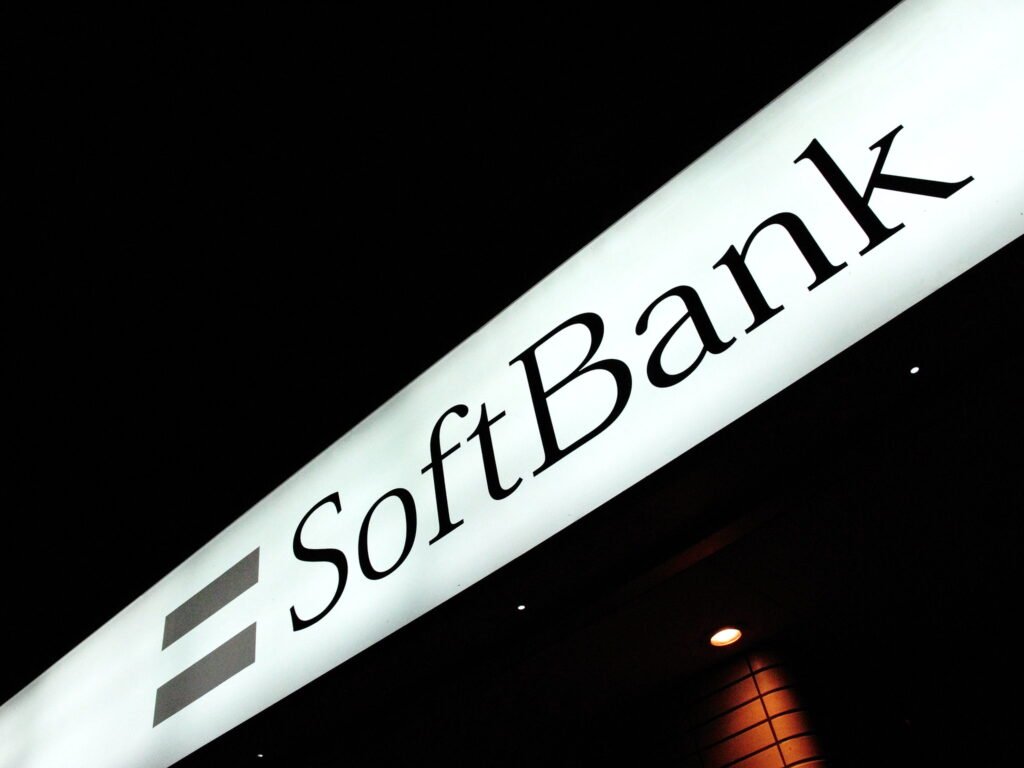Graphcore, a UK-based artificial intelligence chip developer hoping to take on Nvidia, has been acquired by Japanese technology giant SoftBank Group Corp.
The deal announced today will help Masayoshi Son’s SoftBank accelerate its multibillion-dollar push into the AI industry, which is now a key focus for the company.
Founded in 2016, Graphcore is often seen as a rival to Nvidia, whose graphics processing units dominate the AI processing industry. The startup has developed a GPU alternative called an “intelligence processing unit” that is customized for the specific requirements of AI applications.
The company will join British semiconductor designer Arm Ltd., widely seen as the top of SoftBank’s technology portfolio. Analysts believe Son, one of the tech industry’s most enthusiastic investors, is looking to make his “next big bet” on AI, one of the hottest trends in tech.
Graphcore has attracted significant investment in the past, raising around $700 million over the years through a series of funding rounds. In 2020, it raised $222 million from investors including Ontario Teachers’ Pension Plan Board, Fidelity International and British asset manager Schroders at a unicorn valuation of $2.77 billion. This came two years after it closed a $200 million investment from backers including Microsoft, Dell Technologies and Samsung Electronics.
Graphcore’s products include the Bow IPU, which debuted in March 2023. Designed in collaboration with Taiwan Semiconductor Manufacturing Co., the Bow IPU is an advanced wafer-on-wafer chip capable of processing up to 350 trillion processing operations per second.
The company sells its Bow IPU processors as part of a computing system called the Bow-2000 IPU machines, each of which contains four Bow IPU processors providing 1.4 petaflops of processing power. One petaflop is the equivalent of 1,000 trillion computing operations per second.
Despite the impressive specifications of its chip technology, Graphcore has struggled to turn a profit, reporting just $2.7 million in sales and a pre-tax loss of $205 million in fiscal 2022, the most recent year for which it published financial statements. The company said in October 2023 that it needed to raise new investment capital “within the next few months,” before reports that it was considering a sale first surfaced in February.
The companies haven’t disclosed how much SoftBank is paying for Graphcore, but Bloomberg reported, citing people familiar with the matter, that the agreed price is about $600 million. If true, the deal comes as something of a surprise to Graphcore investors.
Still, Graphcore co-founder and CEO Nigel Toon expressed optimism about the company’s future fortunes. He told the Financial Times that the money for the deal came from SoftBank itself, not the Vision Fund, reflecting the strategic nature of SoftBank’s investment.
Toon, who continues to helm Graphcore with co-founder and CTO Simon Knowles, said in an interview that the company’s biggest problem was a lack of funding to expand.
But SoftBank has reportedly promised Toon that it will back “enormous resources” that will finally enable the company to rise to the challenge of competing with other chipmakers such as Nvidia, Advanced Micro Devices and Intel. The company plans to significantly increase its headcount in the UK, Toon said.
The acquisition would help SoftBank CEO Masayoshi Son realize his ambition to become a leader in the fast-growing AI industry. SoftBank owns a 90% stake in chip designer Arm, which has tripled in value since its September 2023 IPO as investors see the company’s growing importance in the AI space. SoftBank likely sees great potential in the collaboration between Graphcore and Arm, though it did not disclose details.
Toon said the deal had been completed following regulatory approval from relevant agencies in the UK and US, as well as national security clearance from the UK government — an unusually fast approval process given that news of the deal talks only surfaced in February.
Graphcore had been in the spotlight for several years, having gone through multiple funding rounds dating back to the middle of the last decade, but failed to take the next step, said Constellation Research analyst Holger Mueller.
“With funding from SoftBank, the company now has a second chance to compete with NVIDIA,” the analyst said. “The potential synergies with Arm are promising, but Graphcore first needs to prove that its lack of traction in the chip market is due to a lack of funding, not product deficiencies. The former will take time, but the latter should be easier with SoftBank on board as an investor.”
Before the deal closed, Graphcore exited its China operations, where it had worked with companies such as Baidu. The company said the introduction of strict U.S. export controls had made it increasingly difficult to continue doing business there. While many of Graphcore’s customers were thought to be Chinese, Thune said the company would focus on selling AI chips to companies in the U.S. and Europe.
Son told attendees at a shareholders’ meeting last month that SoftBank had made some mistakes over the past few years through its Vision Fund investments, including a multimillion-dollar investment in WeWork, but he said he had learned from those mistakes and described them as a “warm-up” for his ambition to lead the AI industry.
Vikas Parekh, managing partner of SoftBank’s Vision Fund, said in a statement that SoftBank looks forward to working with Graphcore on its vision to create “artificial general intelligence,” which refers to the concept of AI-powered machines that have the ability to outperform humans at a range of tasks.
Photo: SoftBank
Your vote of support matters to us and helps keep our content free.
With just one click below you can support our mission of providing free, rich, relevant content.
Join the YouTube community
Join a community of over 15,000 #CubeAlumni experts, including many notable figures and experts, such as Amazon.com CEO Andy Jassy, Dell Technologies founder and CEO Michael Dell, Intel CEO Pat Gelsinger, and many more.
thank you

